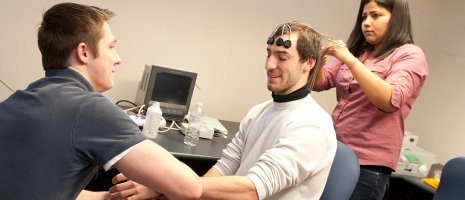Teachers’ orientations toward using student mathematical thinking as a resource during whole-class discussion
© Springer Nature B.V. 2019. Publisher's version of record: https://doi.org/10.1007/s10857-018-09421-0
Abstract
Using student mathematical thinking during instruction is valued by the mathematics education community, yet practices surrounding such use remain difficult for teachers to enact well, particularly in the moment during whole-class instruction. Teachers’ orientations—their beliefs, values, and preferences—influence their actions, so one important aspect of understanding teachers’ use of student thinking as a resource is understanding their related orientations. To that end, the purpose of this study is to characterize teachers’ orientations toward using student mathematical thinking as a resource during whole-class instruction. We analyzed a collection of 173 thinking-as-a-resource orientations inferred from scenario-based interviews conducted with 13 teachers. The potential of each orientation to support the development of the practice of productively using student mathematical thinking was classified by considering each orientation’s relationship to three frameworks related to recognizing and leveraging high-potential instances of student mathematical thinking. After discussing orientations with different levels of potential, we consider the cases of two teachers to illustrate how a particular collection of thinking-as-a-resource orientations could support or hinder a teacher’s development of the practice of building on student thinking. The work contributes to the field’s understanding of why particular orientations might have more or less potential to support teachers’ development of particular teaching practices. It could also be used as a model for analyzing different collections of orientations and could support mathematics teacher educators by allowing them to better tailor their work to meet teachers’ specific needs.

